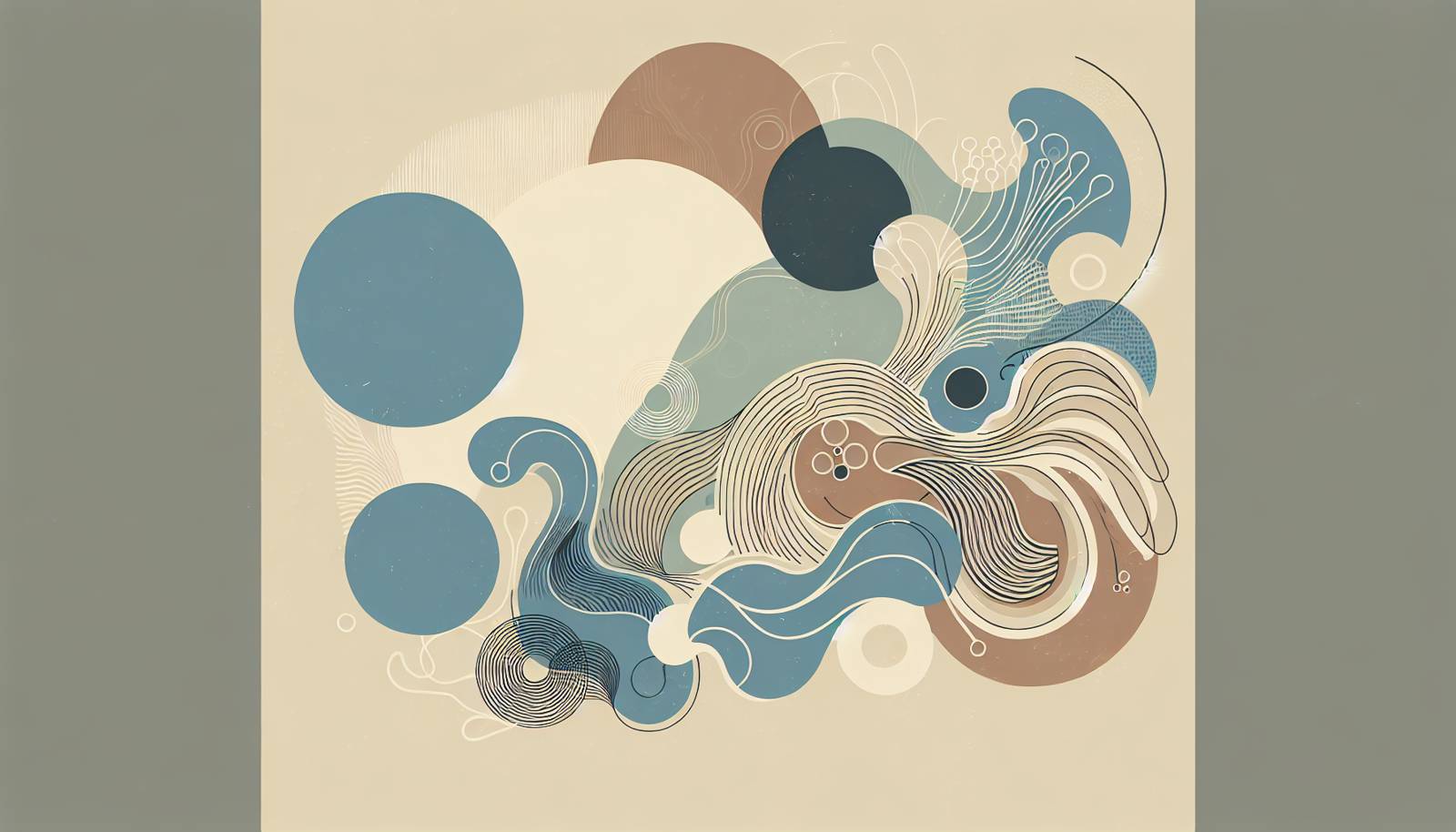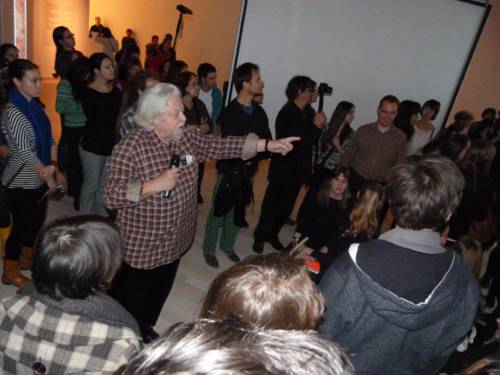
FAQ About The Influence of Beatnik Culture on Modern Subcultures

What is Beatnik culture?
Beatnik culture originated in the late 1940s and became more prominent in the 1950s in America. It was associated with a group of writers and artists who rejected conventional social norms in favor of exploring spirituality, creativity, and self-expression. Key figures included Jack Kerouac, Allen Ginsberg, and William S. Burroughs. The culture was marked by its opposition to materialism, a focus on intellectual pursuits, and interest in Eastern philosophy and spirituality.

How did Beatnik culture influence modern subcultures like hipsters?
Beatnik culture laid the groundwork for modern subcultures by promoting an alternative lifestyle that valued creativity and self-expression over material success. Hipsters, in particular, have inherited the Beatniks' focus on individuality, alternative fashion, and an appreciation for art and music that deviates from mainstream tastes. The anti-consumerist stance of Beatniks also echoes in the hipster preference for artisanal and vintage products.

What are some similarities between Beatniks and modern bohemians?
Both Beatniks and modern bohemians share an aversion to mainstream culture and a preference for unconventional lifestyles. They both emphasize artistic expression, self-discovery, and breaking free from societal norms. Additionally, modern bohemians often embrace practices such as minimalism and sustainable living, which resonate with the Beatniks' critique of materialism and consumer culture.

Did Beatnik culture have an impact on attitudes toward consumerism?
Yes, Beatnik culture had a significant impact on attitudes toward consumerism. Beatniks were critical of the consumer-driven economy of the 1950s and sought to live lives less dependent on material consumption. This skepticism towards consumerism has been passed down to modern subcultures like hipsters and bohemians, who similarly endorse values such as minimalism, sustainability, and the pursuit of experiences over possessions.

How did Beatniks express their opposition to mainstream culture?
Beatniks expressed their opposition to mainstream culture through various avenues, including literature, art, and lifestyle choices. Notable literary works such as Jack Kerouac's "On the Road" and Allen Ginsberg's "Howl" encapsulated their rebellious spirit. They favored unconventional living arrangements, frequented coffeehouses, and engaged in activities like poetry readings and freeform jazz music sessions, which all reflected their rejection of traditional norms.

What role did literature play in Beatnik culture?
Literature played a central role in Beatnik culture, serving as a vehicle for its members to explore themes of freedom, rebellion, and spirituality. The literary works often had stream-of-consciousness writing styles and focused on deep philosophical questions, personal reflections, and critiques of society. Authors like Jack Kerouac, Allen Ginsberg, and William S. Burroughs were pivotal in disseminating Beat philosophy through their influential works.

Who were some key figures in Beatnik culture?
Key figures in Beatnik culture include Jack Kerouac, known for his novel "On the Road," Allen Ginsberg, famous for his poem "Howl," and William S. Burroughs, author of "Naked Lunch." These writers, along with others like Neal Cassady and Gregory Corso, formed the core group that defined the Beat Generation and influenced a wide range of subcultural movements.

How did Beatnik fashion influence contemporary styles?
Beatnik fashion, characterized by a utilitarian and understated aesthetic, has influenced contemporary styles, particularly within the hipster subculture. The signature look included berets, black turtlenecks, and slim-fit pants for men, while women often wore pencil skirts and ballet flats. This minimalist approach to fashion, valuing uniqueness and rejecting mainstream trends, continues to be seen in certain aspects of modern fashion today.

What aspects of Beatnik lifestyle are seen in today's alternative communities?
Many aspects of the Beatnik lifestyle can be observed in today's alternative communities, such as a focus on personal autonomy, experimental art, and a regard for non-traditional spiritual practices. Activities like poetry slams, artisan brewing, and upcycling reflect the Beatnik influence. Additionally, communal living and pop-up cultural gatherings echo the collaborative spirit of the Beat community.

How did Beatnik culture view spirituality?
Beatnik culture had a profound interest in spirituality, often looking toward Eastern philosophies such as Buddhism and Taoism. Many Beatniks were attracted to the philosophies that emphasized mindfulness, meditation, and a connectedness transcending material possessions. This alternative spiritual approach was integral to their lifestyle and inspired later subcultures that seek spiritual fulfillment outside conventional religious structures.

How did Beatniks contribute to the civil rights movement?
While Beatniks were primarily focused on cultural and personal expression, some were also involved in advocating for civil rights. They challenged social norms and systemic inequalities through their art and lifestyle. Figures like Allen Ginsberg were vocal supporters of equality and used their platforms to bring attention to various civil liberties issues, indirectly influencing progressive social change.

What were common activities among Beatniks?
Common activities among Beatniks included attending poetry readings, engaging in philosophical discussions, participating in music and art festivals, and traveling to search for authentic experiences. They often gathered in coffeehouses and small venues where they could share ideas, perform jazz and folk music, and express their diverse artistic talents.

Why did Beatniks reject mainstream norms?
Beatniks rejected mainstream norms because they viewed them as overly conformist and materialistic. The post-war American society emphasized consumerism and conventional career paths, which Beatniks saw as stifling to individuality and creativity. They sought freedom from these societal constraints by embracing alternate lifestyles focused on self-expression and personal growth.

What is the legacy of Beatnik culture today?
The legacy of Beatnik culture today is evident in the ongoing countercultural movements that continue to challenge societal norms and push for artistic and personal freedom. The emphasis on authenticity, anti-materialism, and holistic living resonates in modern subcultures, influencing how people approach creativity, spirituality, and social identity in contemporary contexts.

How did jazz music influence Beatnik culture?
Jazz music played a crucial role in Beatnik culture, serving as both inspiration and a form of expression. Beatniks were drawn to the improvisational nature of jazz, which paralleled their ethos of spontaneity and creativity. Jazz sessions and performances became integral to Beat social gatherings, providing a soundtrack to their artistic endeavors and reinforcing their break from tradition.

Are there any misconceptions about Beatnik culture?
One common misconception about Beatnik culture is that it was a homogeneous movement solely interested in rebellion for its own sake. In reality, Beatniks were diverse individuals unified by a shared pursuit of unconventional living and deeper philosophical understanding. They explored a broad range of interests including spirituality, literature, and politics, using these to construct a nuanced critique of mid-20th-century American society.

How did Beatnik culture fit into the broader counterculture movements of the 20th century?
Beatnik culture is often seen as a precursor to the larger counterculture movements of the 1960s, such as the hippie movement. The Beat generation set the stage by challenging authority, exploring non-materialistic lifestyles, and championing civil liberties and artistic expression. These ideals carried over and evolved into the broader countercultural landscape, influencing subsequent generations.

In what ways did Beatniks influence modern environmentalism?
The Beatnik critique of materialism and their search for deeper ecological connections laid an early foundation for modern environmentalist ideals. Although not strictly an environmental movement, many Beatniks' writings and beliefs emphasized living in harmony with nature, an idea that has been embraced and expanded upon by modern environmental subcultures, which also prioritize sustainability and ecological awareness.

How are Beatnik and hipster subcultures similar or different in their approach to art?
Both Beatnik and hipster subcultures value art as a vital form of expression but approach it in different contexts. Beatniks focused on literature, jazz music, and abstract forms, often as means of social commentary and personal exploration. Hipsters, while still valuing art for individual expression, engage more with mixed media, often combining digital, modern, and traditional forms to express contemporary concerns like consumerism and global culture. Despite these differences, the core philosophy of using art to push boundaries remains consistent between the two.

What were the cultural hotspots for Beatniks during the 1950s?
During the 1950s, cultural hotspots for Beatniks included urban centers like Greenwich Village in New York City, North Beach in San Francisco, and Venice West in Los Angeles. These areas became vibrant centers of artistic expression and alternative lifestyles, attracting artists, writers, and musicians who were drawn to the creative freedom and intellectual communities found there.
